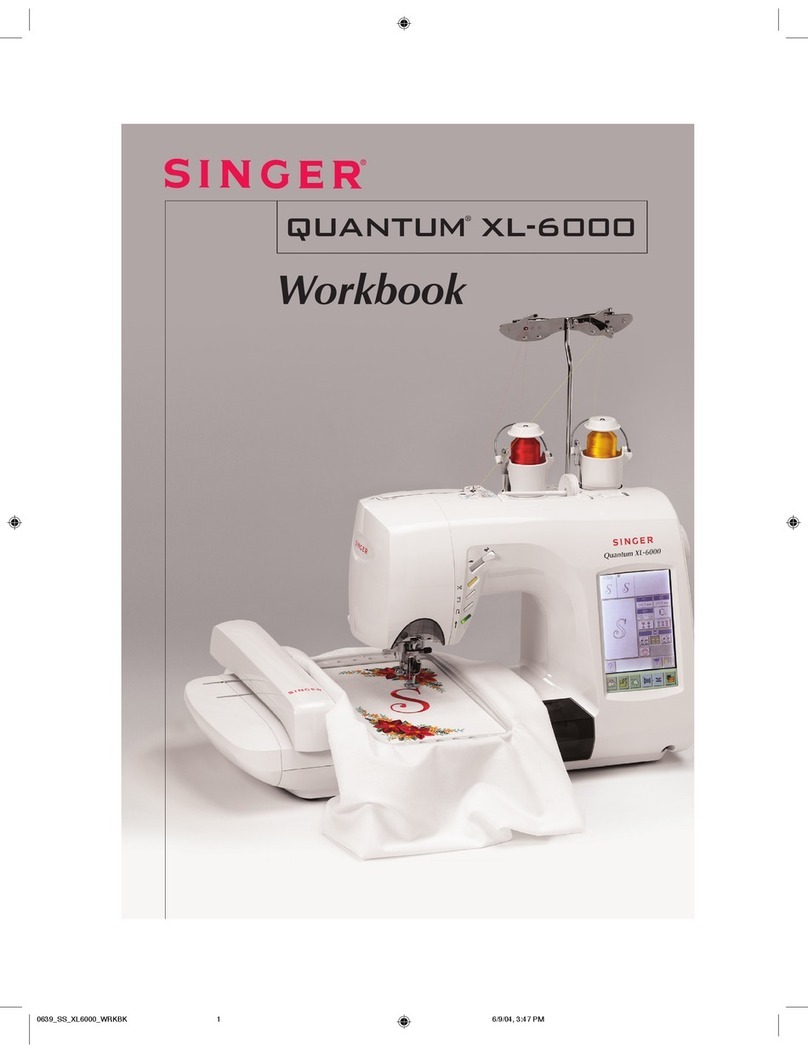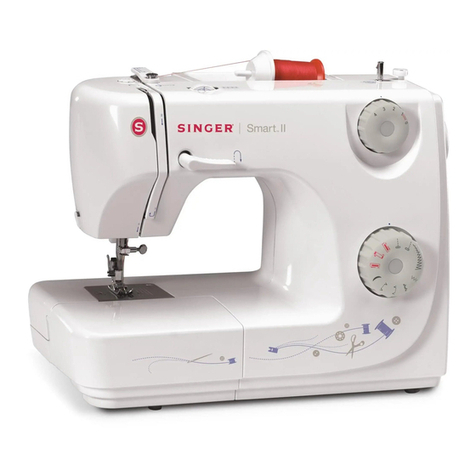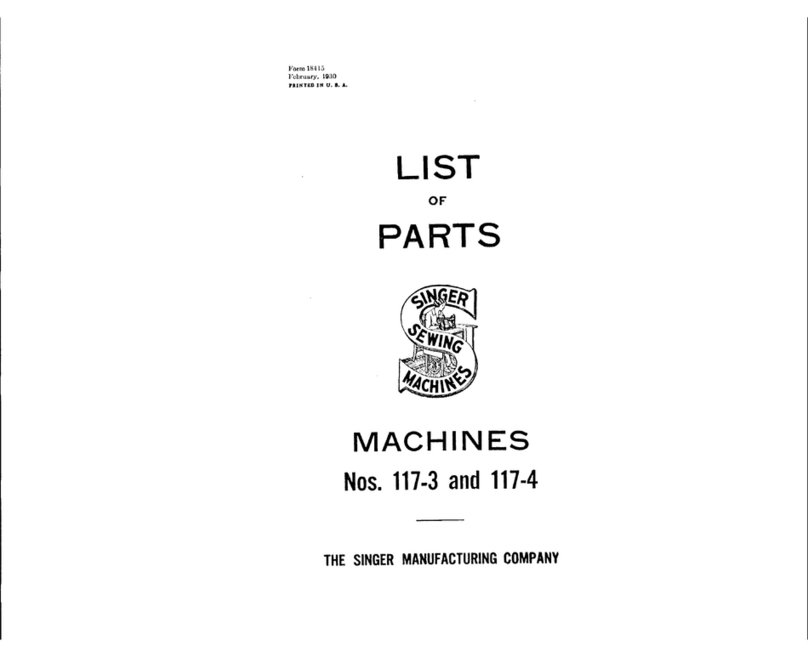Singer 5122 User manual
Other Singer Sewing Machine manuals
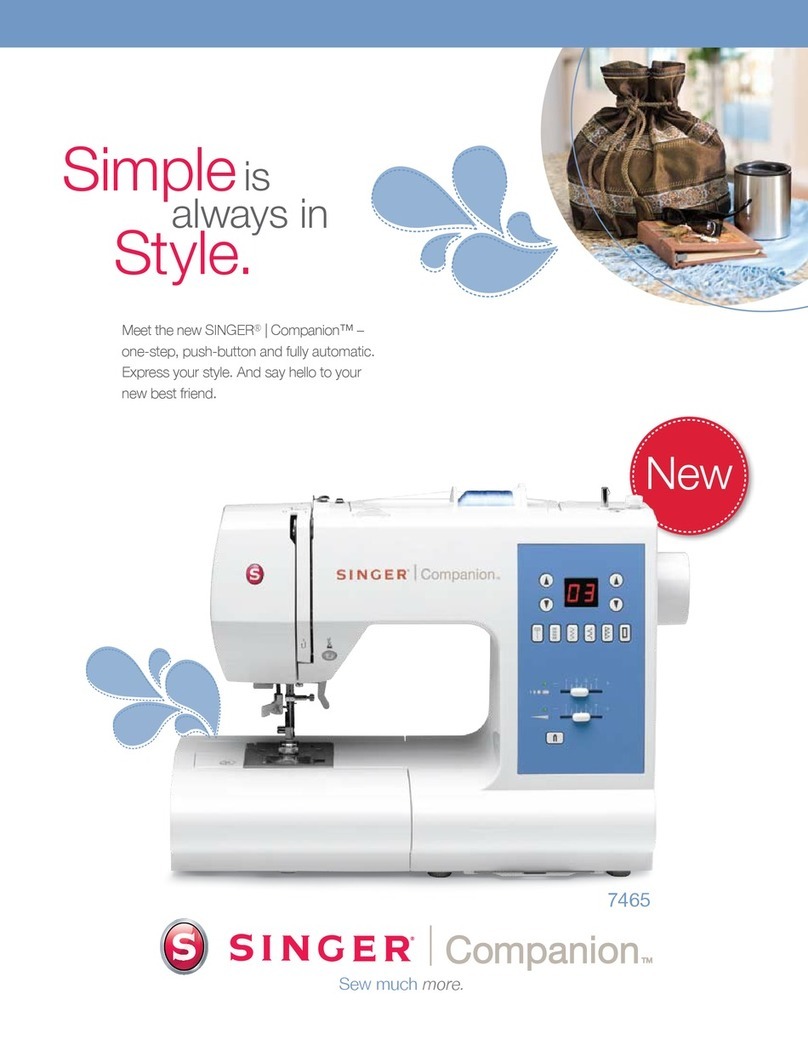
Singer
Singer CONFIDENCE 7465 Owner's manual
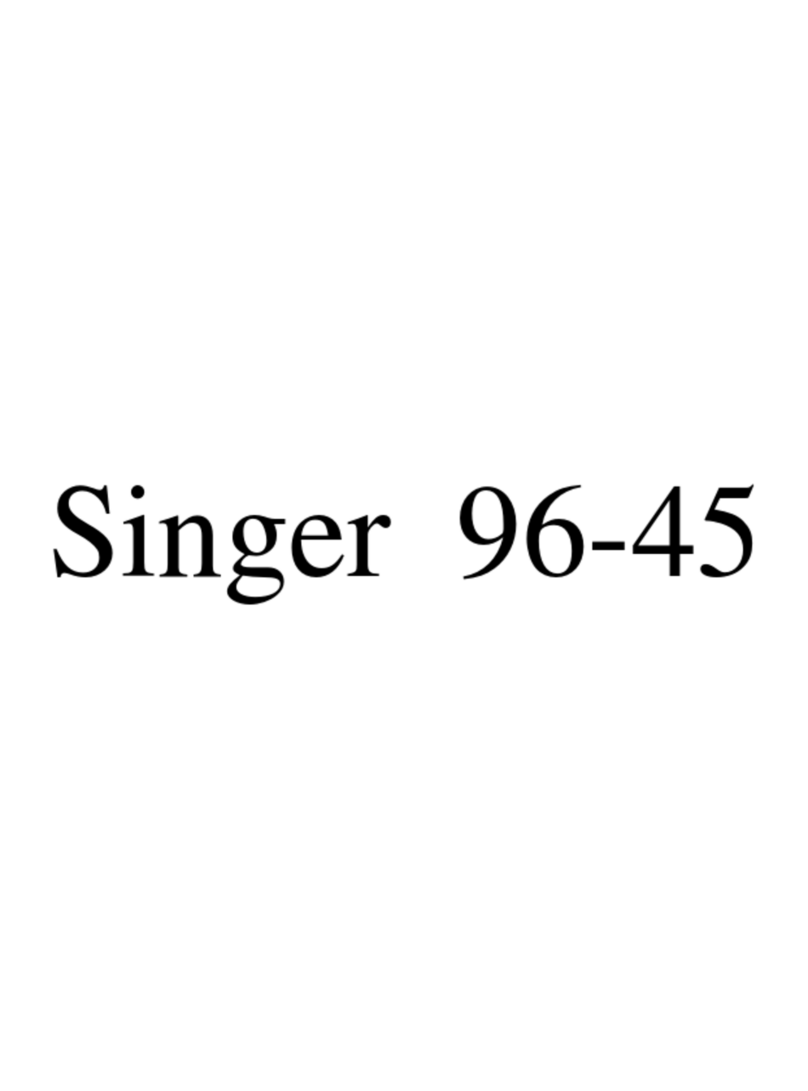
Singer
Singer 96-45 User manual
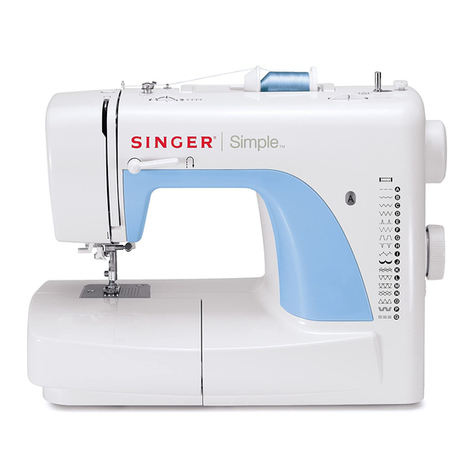
Singer
Singer 3116 Simple User manual
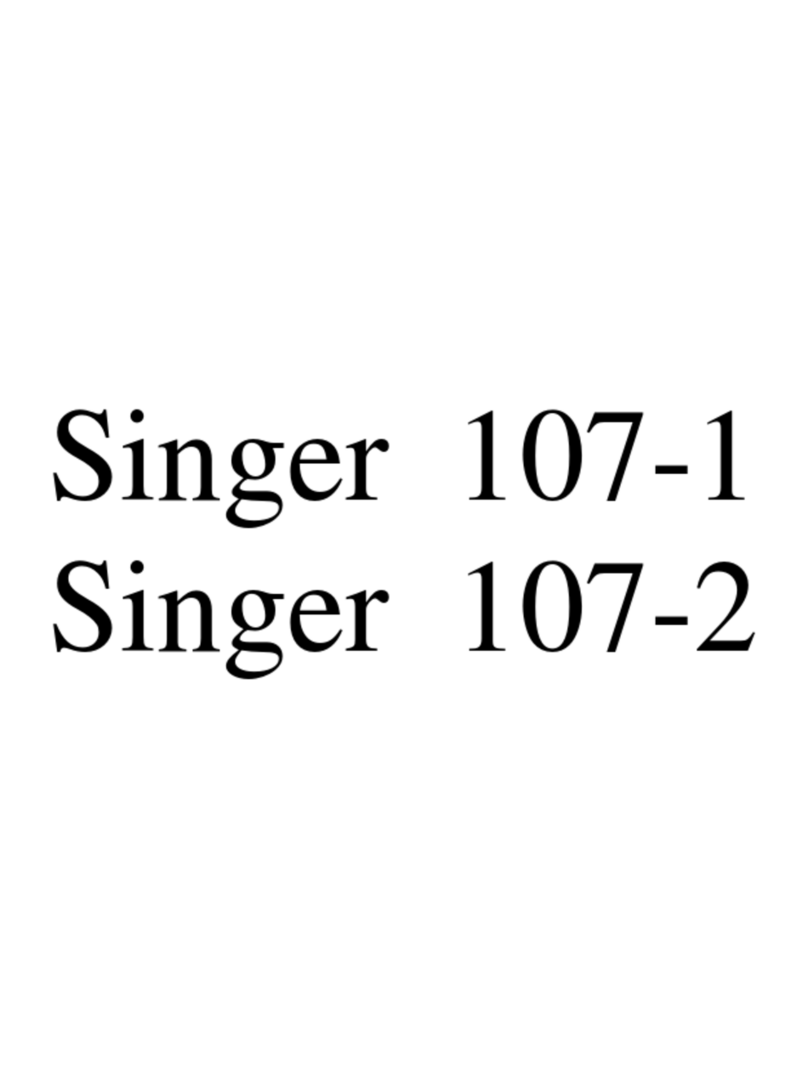
Singer
Singer 107-1 User manual
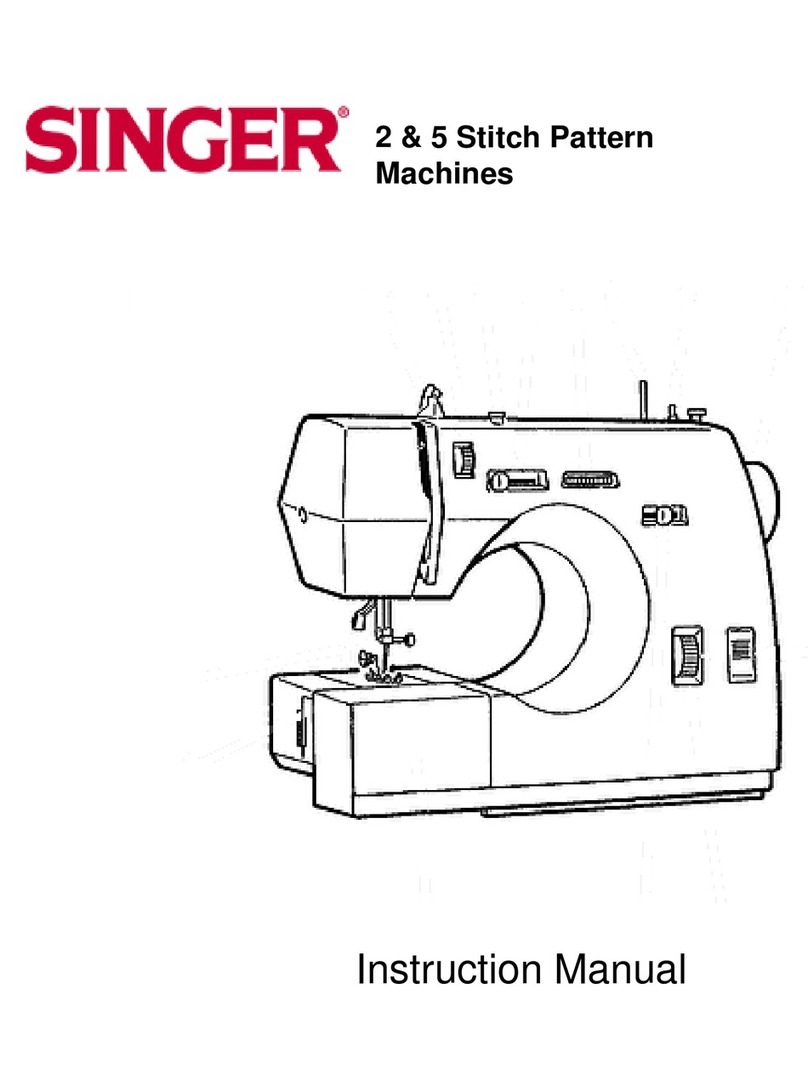
Singer
Singer 30215 User manual
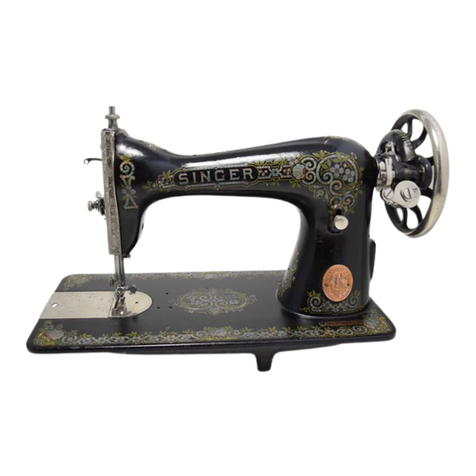
Singer
Singer 115-1 User manual
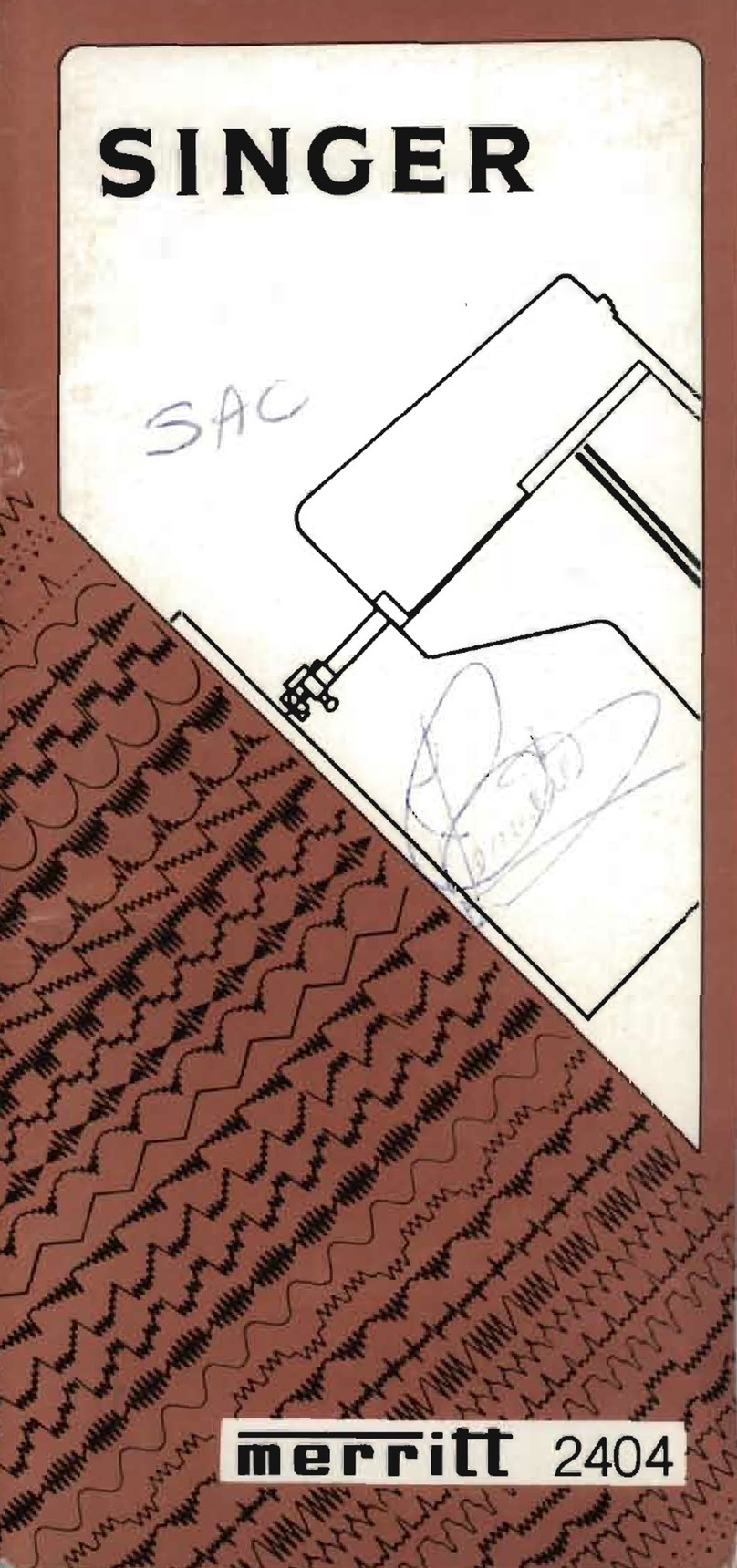
Singer
Singer merritt 2404 User manual
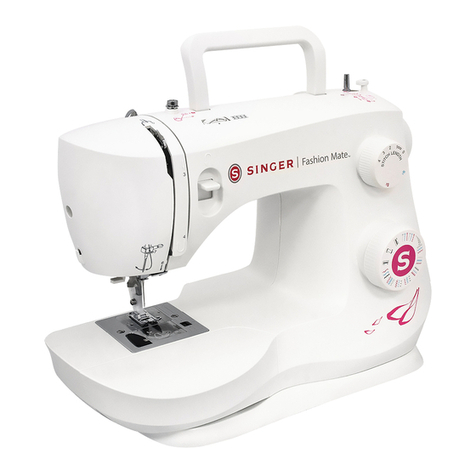
Singer
Singer 3333 User manual
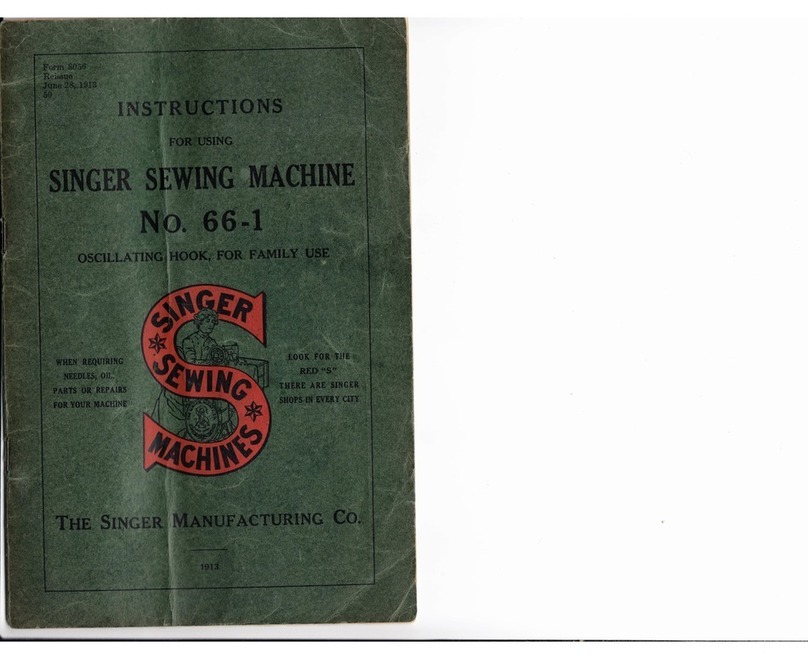
Singer
Singer 66-1 User manual
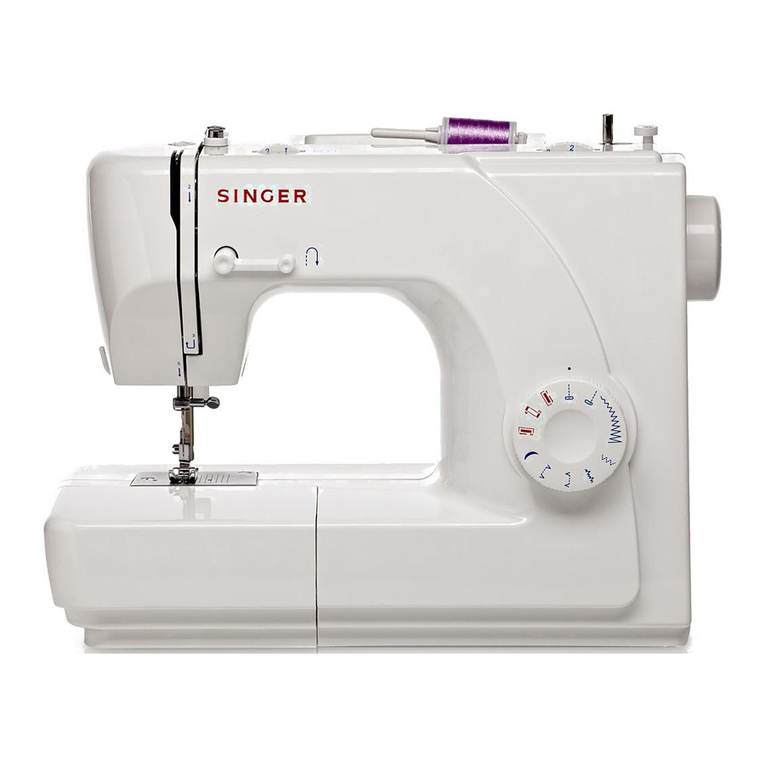
Singer
Singer 1507 User manual
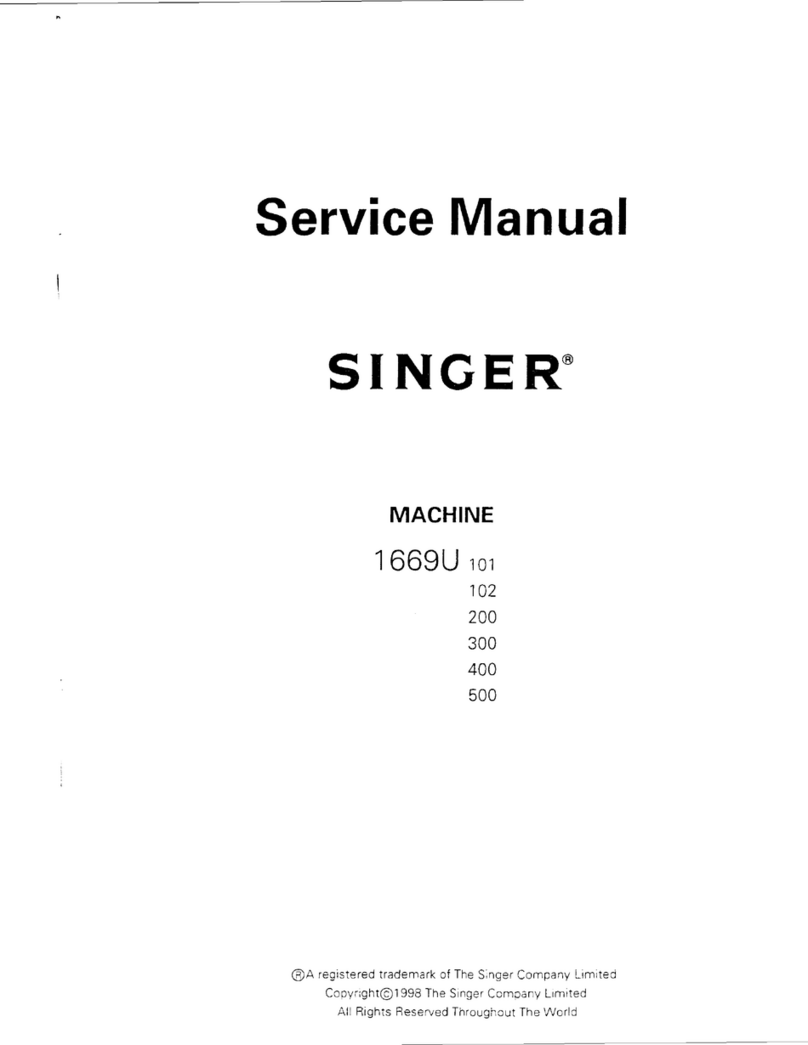
Singer
Singer 1669U101 User manual
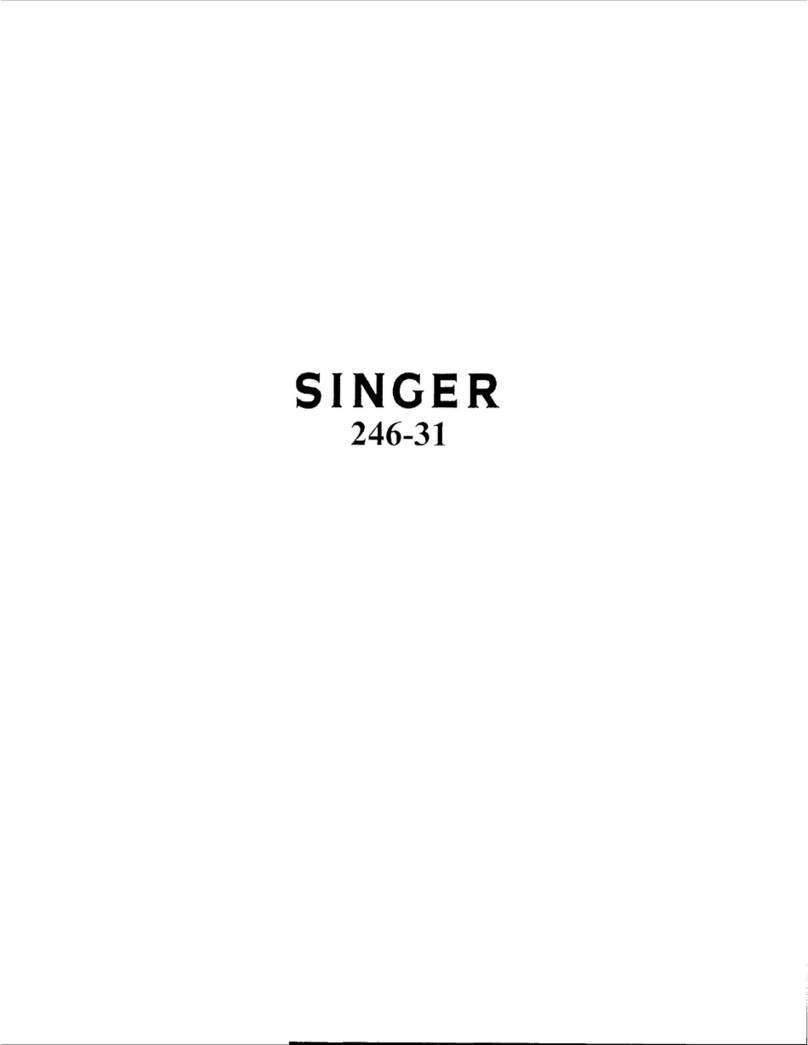
Singer
Singer 246-31 User manual
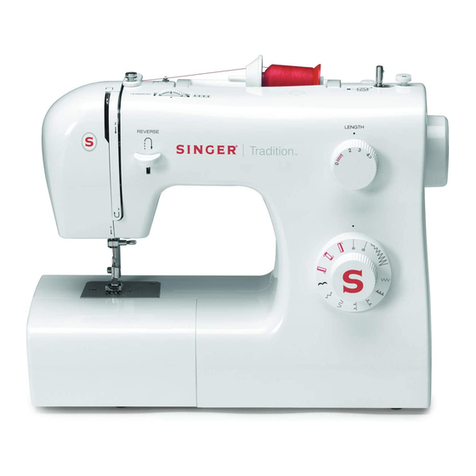
Singer
Singer Tradition 2250 User manual
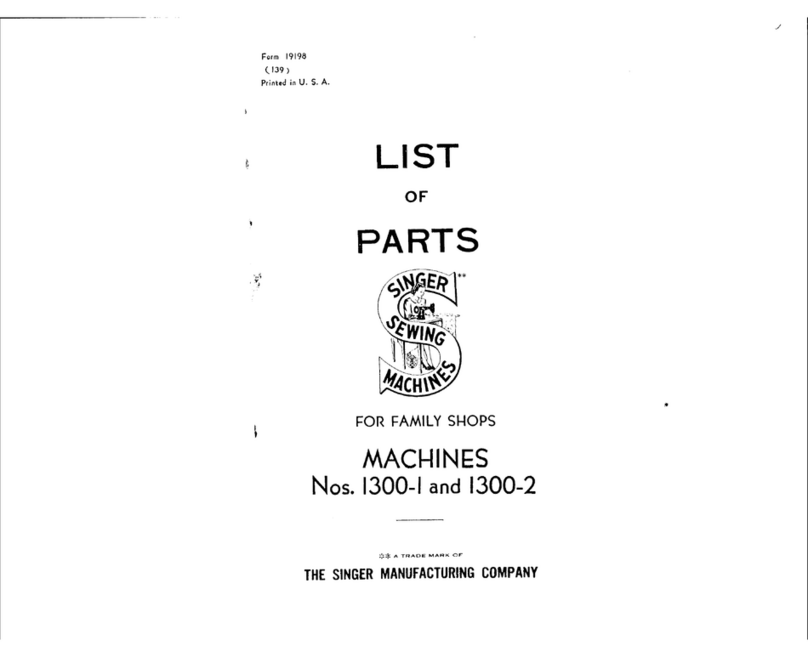
Singer
Singer 1300-1 User manual

Singer
Singer 354 User manual
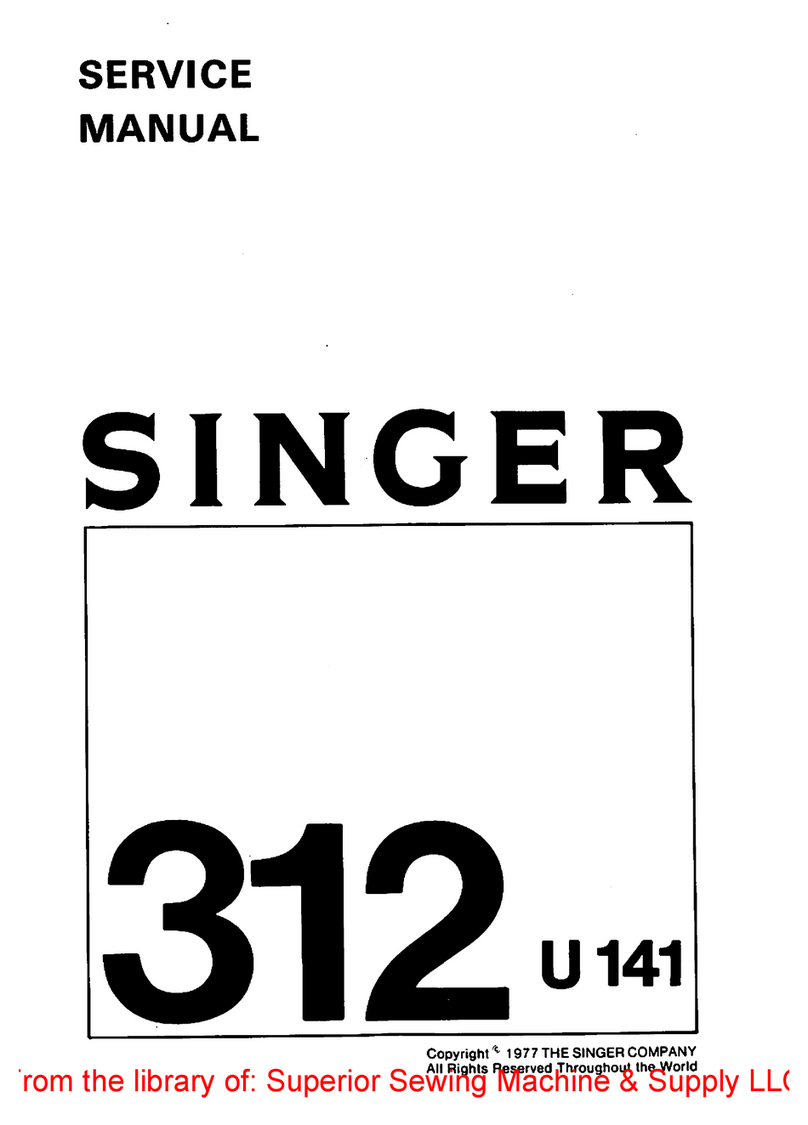
Singer
Singer 312 U141 User manual
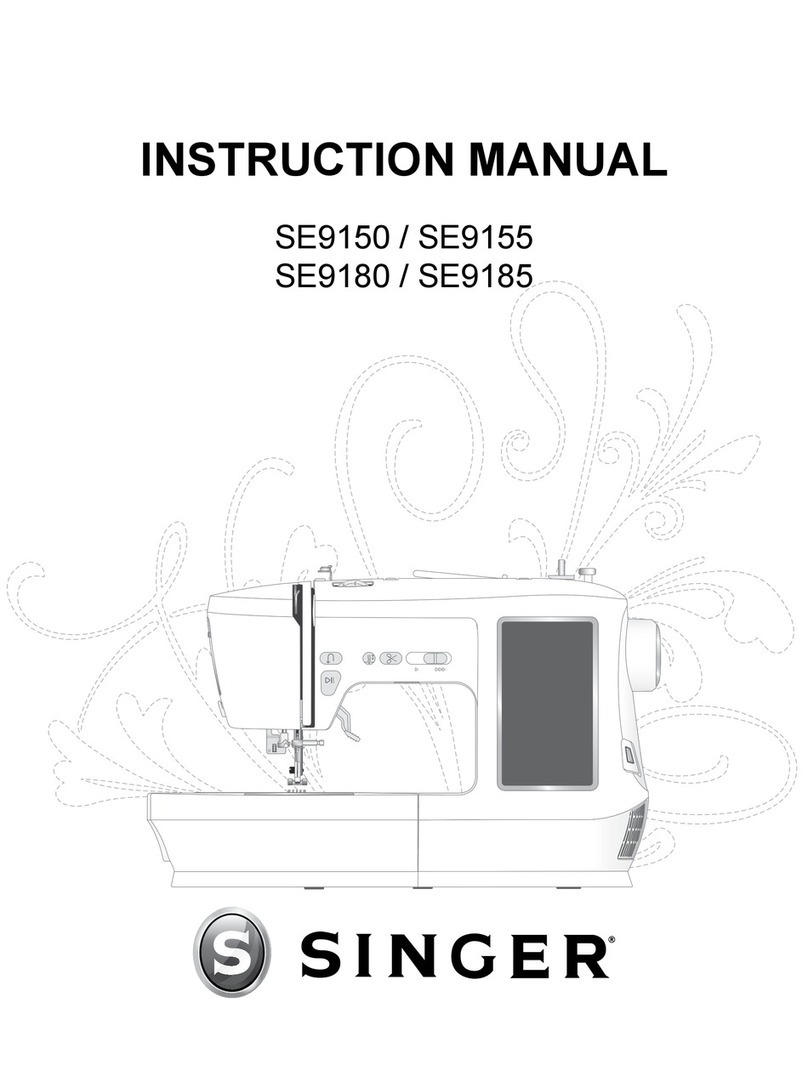
Singer
Singer SE9150 User manual
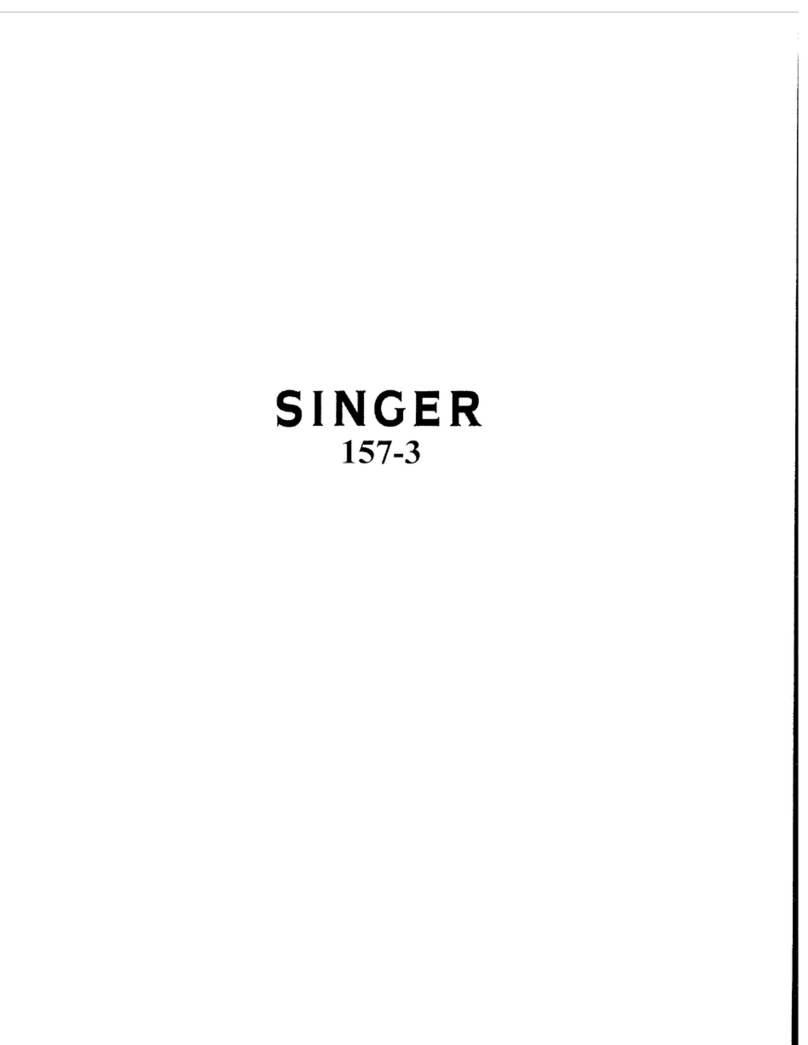
Singer
Singer 157-3 Quick start guide
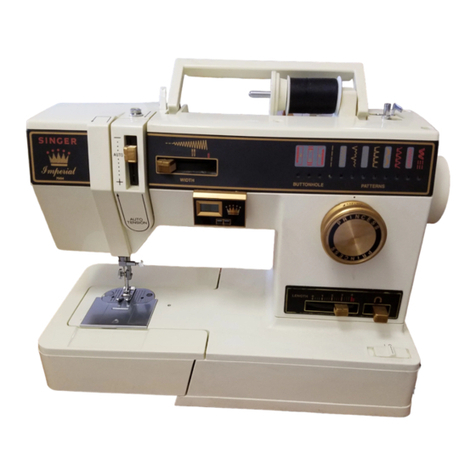
Singer
Singer Imperial 7005 User manual
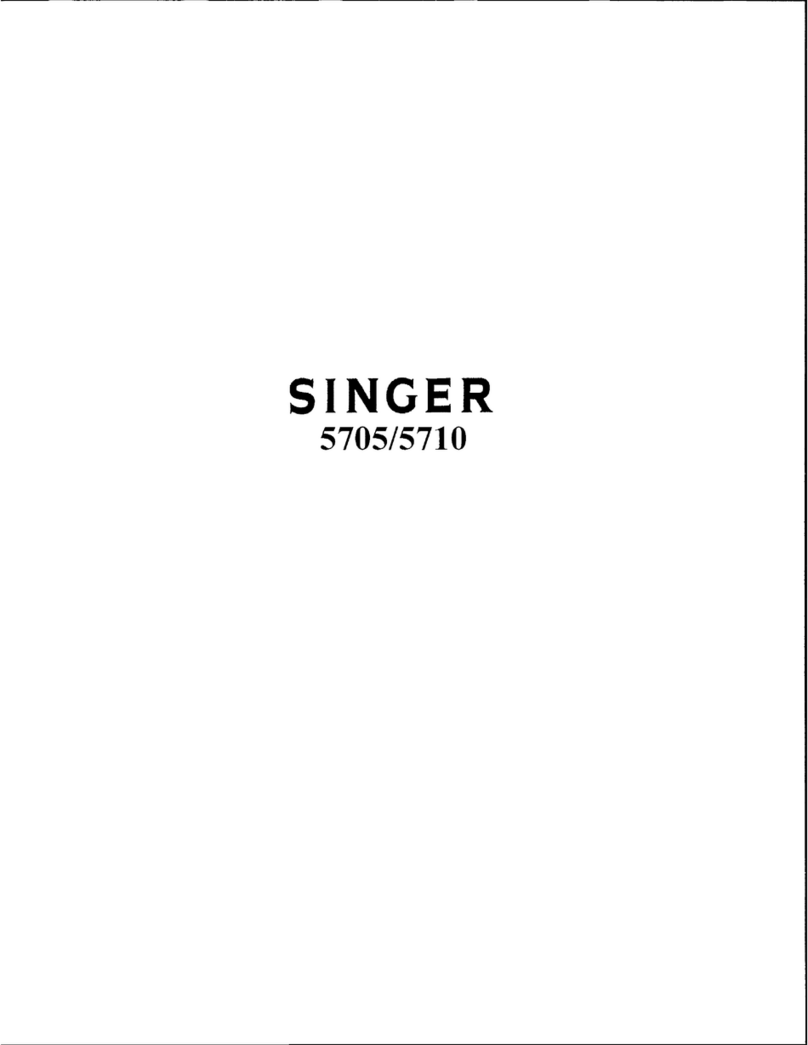
Singer
Singer 5710 User manual
